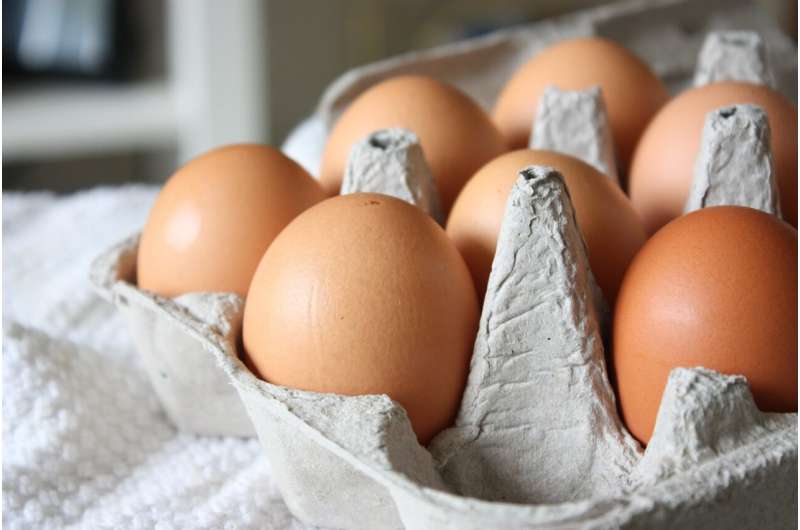Discovering How to Reactivate Dormant Fast-Twitch Muscle Fibers in Humans

Researchers at the University of Tsukuba have discovered how to reactivate dormant fast-twitch muscle fibers in humans, offering promising avenues for enhancing muscle performance and combating age-related decline.
Fast-twitch muscle fibers, particularly the Type IIb fibers known for their rapid contraction and high power output, are abundant in small mammals but have become scarce in humans. Scientists at the University of Tsukuba have made a breakthrough by revealing that the overexpression of a specific protein called the large Maf family transcription factor can revive these dormant fast-twitch fibers in human muscle tissues. This finding sheds light on the possibility of enhancing muscular performance and combating age-related muscle degeneration.
Muscle fibers are classified into two primary types: slow-twitch fibers (Type I), which support endurance activities, and fast-twitch fibers (Type II), responsible for quick, powerful movements. Fast-twitch fibers are further divided into subtypes, with Type IIb being the fastest and most powerful. While small mammals like mice have abundant Type IIb fibers expressing myosin IIb (MYH4 gene), humans and larger mammals have lost much of these fibers over the course of evolution. The reasons behind this decline remain unclear.
The research team focused on the large MAF family of transcription factors—specifically, MAFA, MAFB, and MAF—previously identified as regulators in mice muscle development. By overexpressing these factors in human and bovine muscle cells, scientists observed the reactivation of the Type IIb fast-twitch program, characterized by increased MYH4 expression. Additionally, these changes improved the muscle cells’ glycolytic capacity, boosting their ability to metabolize sugar for energy.
Furthermore, analysis of muscle biopsy samples from athletes engaged in power training revealed elevated levels of MAF family factors and MYH4, implying a natural link between these transcription factors and fast-twitch muscle capacity in humans. This discovery indicates that manipulating the expression of large MAF transcription factors could potentially enhance muscle strength and power, contributing to improved athletic performance and muscle health.
Published in the journal Skeletal Muscle, this research represents the first identification of a mechanism to reactivate dormant fast-twitch muscle fibers in humans. This advancement opens new avenues for developing therapies aimed at preventing sarcopenia, augmenting physical performance, and expanding functional muscle capabilities in aging populations or individuals with muscle disorders.
Source: Medical Xpress
Stay Updated with Mia's Feed
Get the latest health & wellness insights delivered straight to your inbox.
Related Articles
Rising Use of Medical Cannabis Among Women Faces Barriers Leading to Illegal Market Dependence
Increasing use of medicinal cannabis among women highlights significant barriers that push some into illegal markets. Research calls for better policies and support to ensure safe, equitable access for women. source: https://medicalxpress.com/news/2025-06-women-medical-cannabis-barriers-illegal.html
Prolonged Wet Cough in Children Could Indicate Bacterial Infection Requiring Treatment, Study Finds
Persistent wet coughs in children may signal bacterial infections that require medical attention to prevent long-term lung damage, new research suggests.
FDA Restricts COVID-19 Vaccine Access to High-Risk Groups and Older Adults
The FDA has limited COVID-19 vaccine approvals to older adults and high-risk groups, marking a shift towards a risk-based vaccination strategy and raising important public health questions.
Rising Health Insurance Premiums May Heighten Financial Concerns for Americans
Health insurance premiums are surging beyond inflation, threatening to strain American finances and reduce coverage options in the coming years. Learn more about the impending hikes and their implications.



